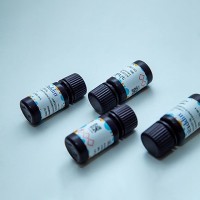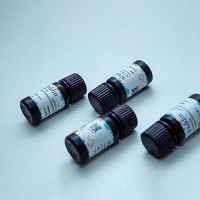Synthesis and Use of Pseudopeptides Derived from 1,2,4-Oxadiazole-, 1,3,4-Oxadiazole-, and 1,2,4-Triazole-based Dipeptidomimetics
互联网
2365
This chapter focuses on the isosteric replacement of peptide bonds with three different types of heterocyclic ring systems (1 ); 1,2,4-oxadiazole (2 ), 1,3,4-oxadiazole (3 ), and 1,2,4-triazole rings (4 –6 ). The ring systems are similar in size and shape but show variations in aromatic, electrostatic, and hydrogen bonding properties. These variations provide opportunities to study properties of importance for amide bond mimicry. The derivatives are synthesized from protected natural amino acids, and the reaction conditions have been chosen so that the enantiopurity is retained during the reaction sequences. Two series of mimetics will be described, one in which the carboxylic acid functionality is directly attached to the heterocyclic ring (1 ) and one series with a methylene group inserted between the ring and the carboxylic acid group (7 ). Since we have focused on the design and synthesis of Phe-Gly mimetics, the synthetic examples described here start from l -phenylalanine. However, we have used the same synthetic scheme also for other amino acids and notes will be given when other derivatives require differences in reaction conditions (1 ). The use of the dipeptidomimetics as building blocks in pseudopeptide synthesis will also be described (7 ). These syntheses are performed on solid phase using Boc-chemistry. Also, the deprotection and purification of the pseudopeptides by reversed phase HPLC will be discussed.








